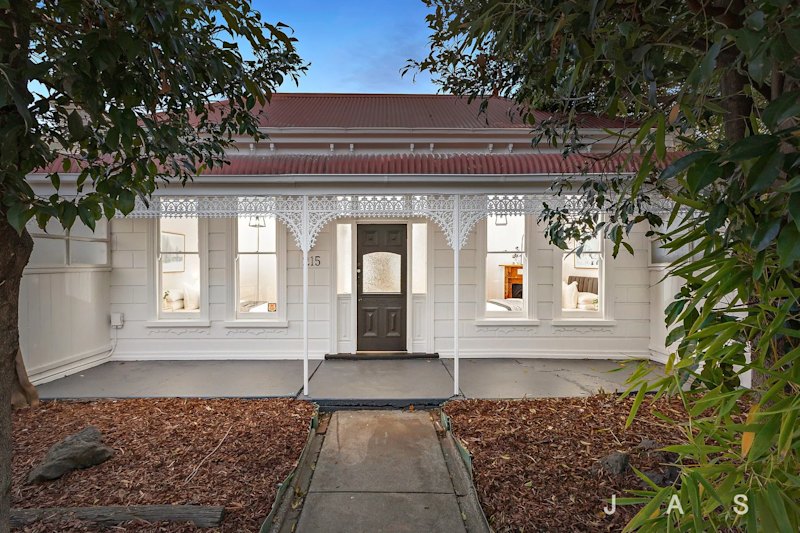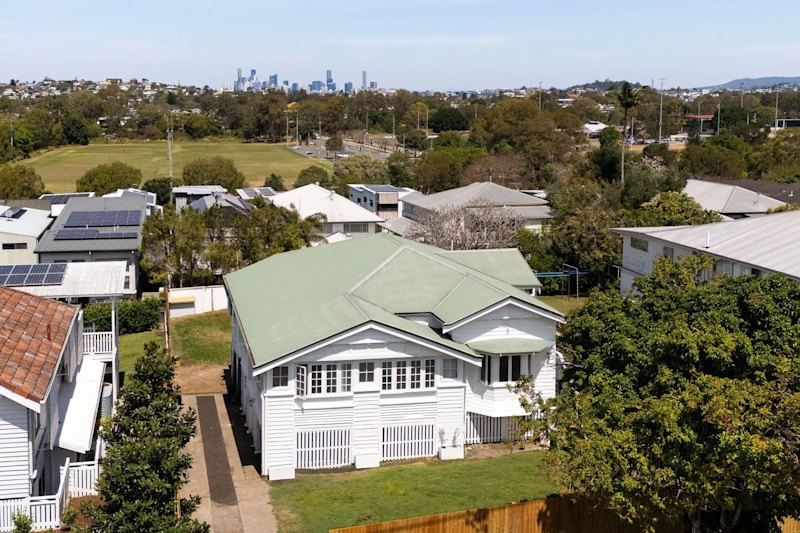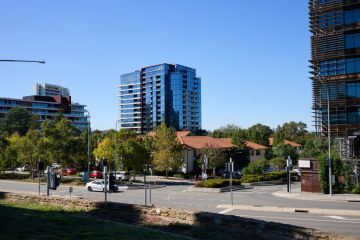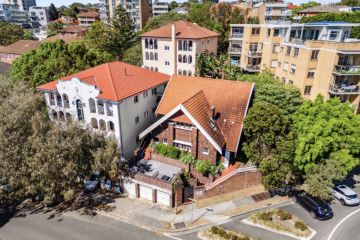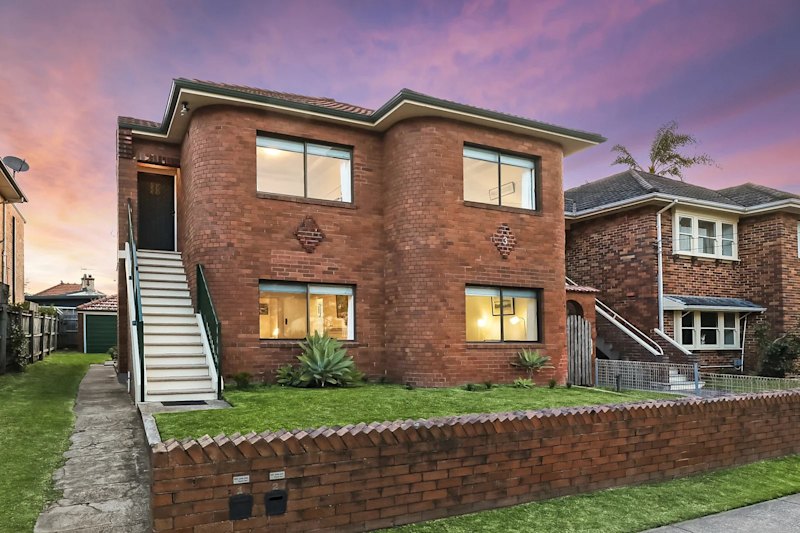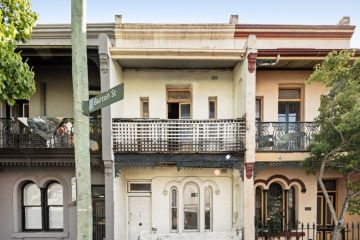Experts warn home loan repayments are about to get more expensive
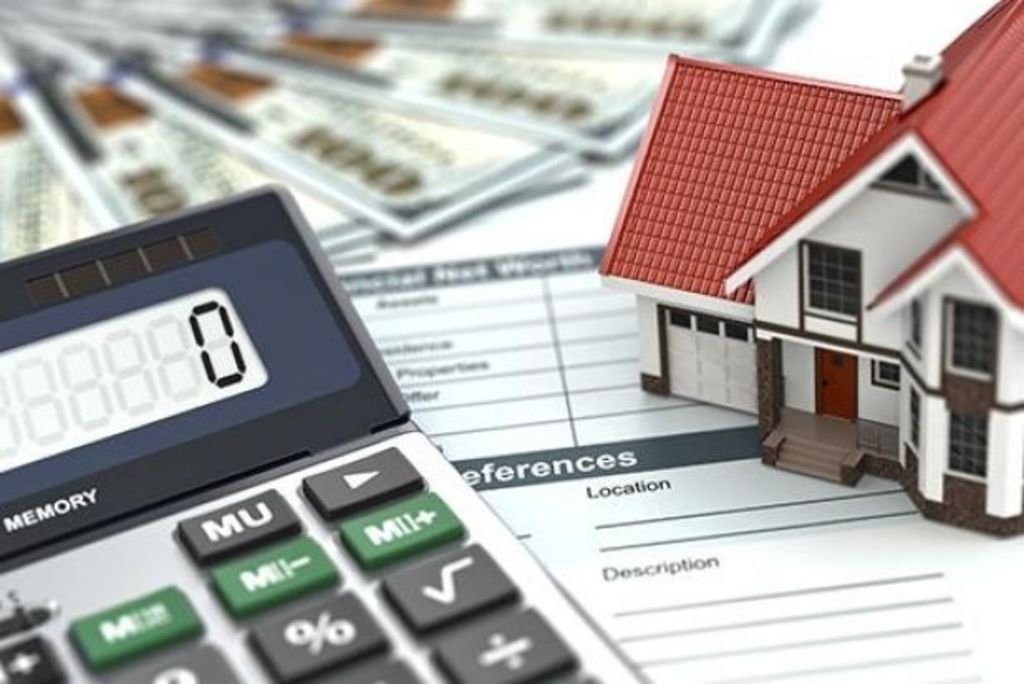
Interest rates are currently at 1.5 per cent – a record low that would have been unthinkable in 2007 when the rate was 6.25 per cent and had been rising for five years.
But while rates have been falling since 2008, experts warn that home loan costs are likely to get more expensive this year. And even a small rate increase could leave home owners hundreds of dollars out of pocket.
Some believe official increases in interest rates are coming sooner rather than later.
This includes Mortgage Choice spokeswoman Jessica Darnbrough and University of Queensland professor Clement Allan Tisdell, who both predict rates will rise in March 2017 in the latest Finder Reserve Bank Survey.
They are among 26 per cent of the 30-plus panel of experts who predict a rise some time this year. But 52 per cent still think another drop is more likely, Finder spokeswoman Bessie Hassan said.
Lenders are already increasing their rates, leaving borrowers facing rate hikes regardless of what the RBA does, Ms Hassan said.
This could also be to attract those with savings to deposit accounts as they benefit from rate increases.
“It’s sensible to factor in 2 to 3 per cent on top of your periodic mortgage repayments so you can manage higher repayments in the event of a rate rise,” she said.
Whether it’s the RBA or the lenders behind the increases, one thing is likely: your home loan is about to get more expensive.
How a rate hike will affect you
!function(e,t,n,s){var i=”InfogramEmbeds”,o=e.getElementsByTagName(t),d=o[0],a=/^http:/.test(e.location)?”http:”:”https:”;if(/^/{2}/.test(s)&&(s=a+s),window[i]&&window[i].initialized)window[i].process&&window[i].process();else if(!e.getElementById(n)){var r=e.createElement(t);r.async=1,r.id=n,r.src=s,d.parentNode.insertBefore(r,d)}}(document,”script”,”infogram-async”,”//e.infogr.am/js/dist/embed-loader-min.js”);
In the current low rate environment a typical borrower with a $300,000 home loan pays $1389 a month, on a 3.75 per cent variable rate mortgage.
If there was a 0.25 per cent increase, they would be $43 out of pocket, paying $540 a year extra, RateCity data insights director Peter Arnold said.
He warned borrowers should prepare for variable rate increases, as fixed rate home loans have been increased by three-quarters of lenders since November 2016 and are an indication that variable rate hikes are on the way.
“Longer-term rates, such as five-year fixed, are sitting higher than variable rates and rising by the biggest margins, which tells us that banks don’t expect low rates will last forever.”
Already, RateCity research found a 30 per cent surge in borrowers fixing loans at the end of 2016, among the highest levels of mortgage arrears in three years.
“A lot of borrowers are heavily leveraged and even a small increase in repayments will be felt – a lot of borrowers tell us they are already doing it tough,” he said.
In fact, Digital Finance Analytics data released this month found mortgage stress and the chance of default had started to rise, with a “high level” – 6.2 per cent – of borrowing households facing severe mortgage stress.
Fixed loan options
With rates up for increases, this has the value of fixed rate loans looking attractive, ReThink Investing director Scott O’Neill said. Two-year fixed rate loans are down to 3.69 per cent with some lenders.
“However, before you go locking in rates, make sure you consider the banks can factor in profit margins in their fixed rates,” he said.
“They have a lot more resources than an individual to predict and therefore set a fixed interest rate that they will profit from … fixing rates now is not a guaranteed way of saving interest over the next few years.”
Fixing interest rates can also make it difficult or expensive to refinance, which can be prohibitive to those who want to use equity in a property to invest, he said.
Domain Group chief economist Andrew Wilson is among those who believes any rate hikes from the RBA are “extremely unlikely” with low income growth, a loss of full-time jobs and the peak of the building boom passing.
But he agreed lenders would be increasingly out of step with the official rate to increase profit margins.
“Clearly, the banks are moving against the economic energy,” Dr Wilson said.
Rising interest rates could also put a dampener on any potential house price growth in future, in another blow to mortgage holders, he said.
!function(e,t,n,s){var i=”InfogramEmbeds”,o=e.getElementsByTagName(t),d=o[0],a=/^http:/.test(e.location)?”http:”:”https:”;if(/^/{2}/.test(s)&&(s=a+s),window[i]&&window[i].initialized)window[i].process&&window[i].process();else if(!e.getElementById(n)){var r=e.createElement(t);r.async=1,r.id=n,r.src=s,d.parentNode.insertBefore(r,d)}}(document,”script”,”infogram-async”,”//e.infogr.am/js/dist/embed-loader-min.js”);
We recommend
We thought you might like
States
Capital Cities
Capital Cities - Rentals
Popular Areas
Allhomes
More
